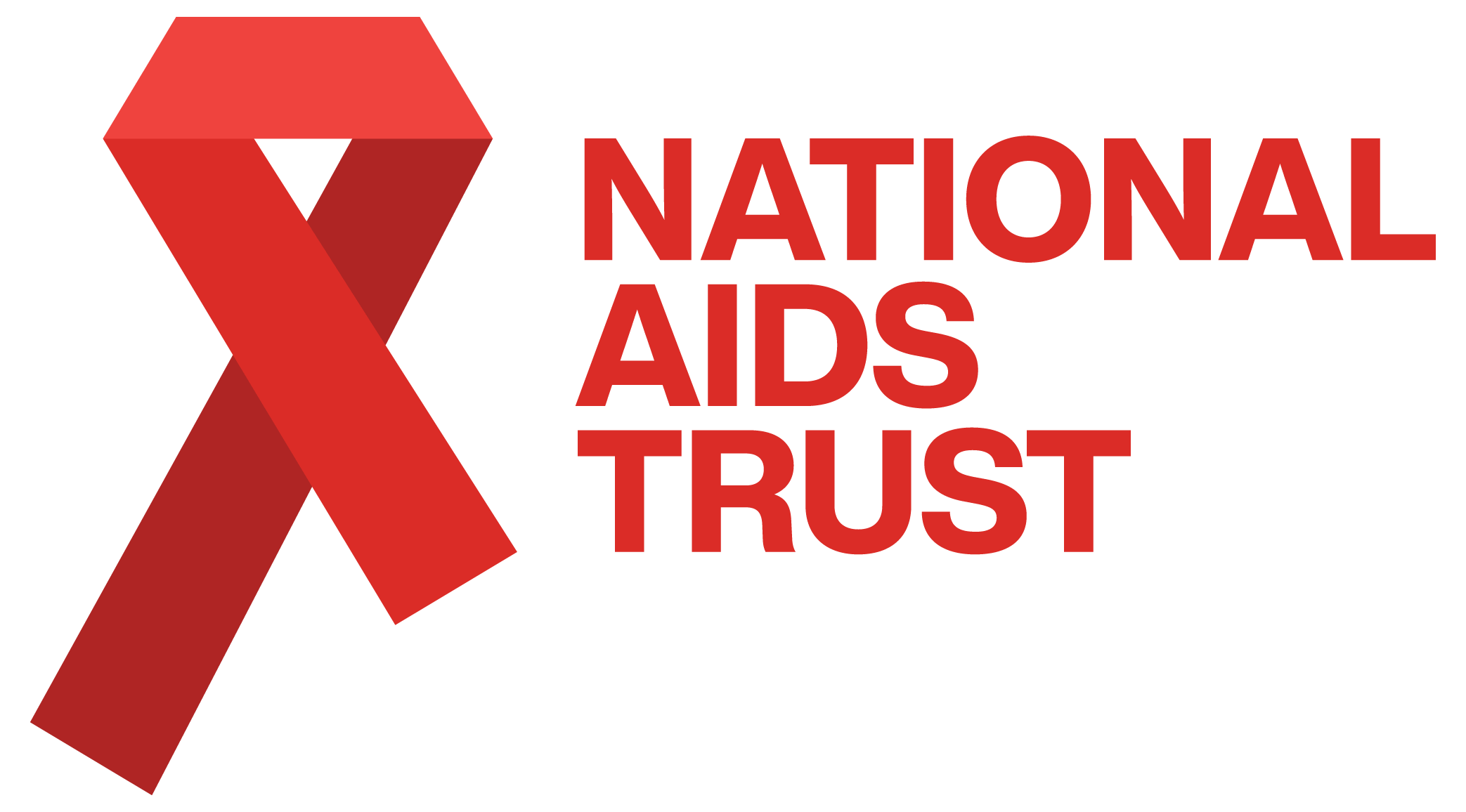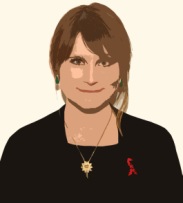Why is tackling stigma so difficult?

For many in HIV advocacy addressing stigma is the Holy Grail.
Many, if not all, of the factors that drive the HIV epidemic are embroiled with stigma. The impact it has on the lives of people living with HIV is well documented. In a recent survey of over half of people living with HIV reported feelings of shame, guilt, low self-esteem and self-blame; one in five had experienced verbal harassment or threats.1
Stigma should be our top priority, yet we have not identified concrete strategies for reducing it. So why do we find stigma so difficult to tackle?
1. Stigma is complicated
Much of the problem relates to the nature of stigma itself. It is a complex beast, constructed from many elements. It’s dependent on a range of social and economic factors. These can include the economic status of affected groups, existing prejudices such, as racism and homophobia, and stereotypes. Stigma is also self-perpetuating; the things which help create it in the first place are often then made worse by it.
If understanding stigma is complex, then addressing it is even more so. Even when we do find a way of combatting stigma in one place – how do we translate it to another? Will an intervention that works in a hospital in India work in a hospital in the UK?
2. It’s difficult to know which interventions work
One of the major challenges for projects designed to reduce stigma is how to prove they work.
First we need to measure stigma. There are measures out there. Some look at how people say they think and feel about HIV. Others look at experiences and acts of stigma and discrimination. Studies use questionnaires or observe behaviours before and after programmes. However, we need to develop more consistent approaches to measuring stigma if useful comparisons are to be made.
Second we need to know that any reduction in stigma is actually down to a specific programme. This is very difficult when stigma is affected by so many factors. To learn from a programme we need to understand what aspects have been effective at challenging stigma and why. But evaluation comes at a cost. How can grass roots organisations demonstrate the effectiveness of their action on stigma if they aren’t funded to do so?
3. It would take a high level of commitment from the top
To meaningfully address stigma we need high-level policy commitment and financial investment. Although stigma is mentioned in sexual health strategies for all four UK nations, it plays a bit part. And actions do not reach out to other areas of policy which influence stigma (for example, the law on criminal prosecutions and immigration).
Political buy-in must also be backed up financially. If this issue is to be taken seriously we need investment to address evidence gaps, which are especially apparent in the UK. Most importantly, we need a properly resourced stigma strategy.
These challenges are real but not insurmountable. In upcoming blogs we will explore what the international evidence tells us about addressing stigma in different settings and how we can learn from this in the UK.
For more detail you can read NAT’s publication Tackling HIV stigma: What works?
1. People living with HIV stigma survey 2015


